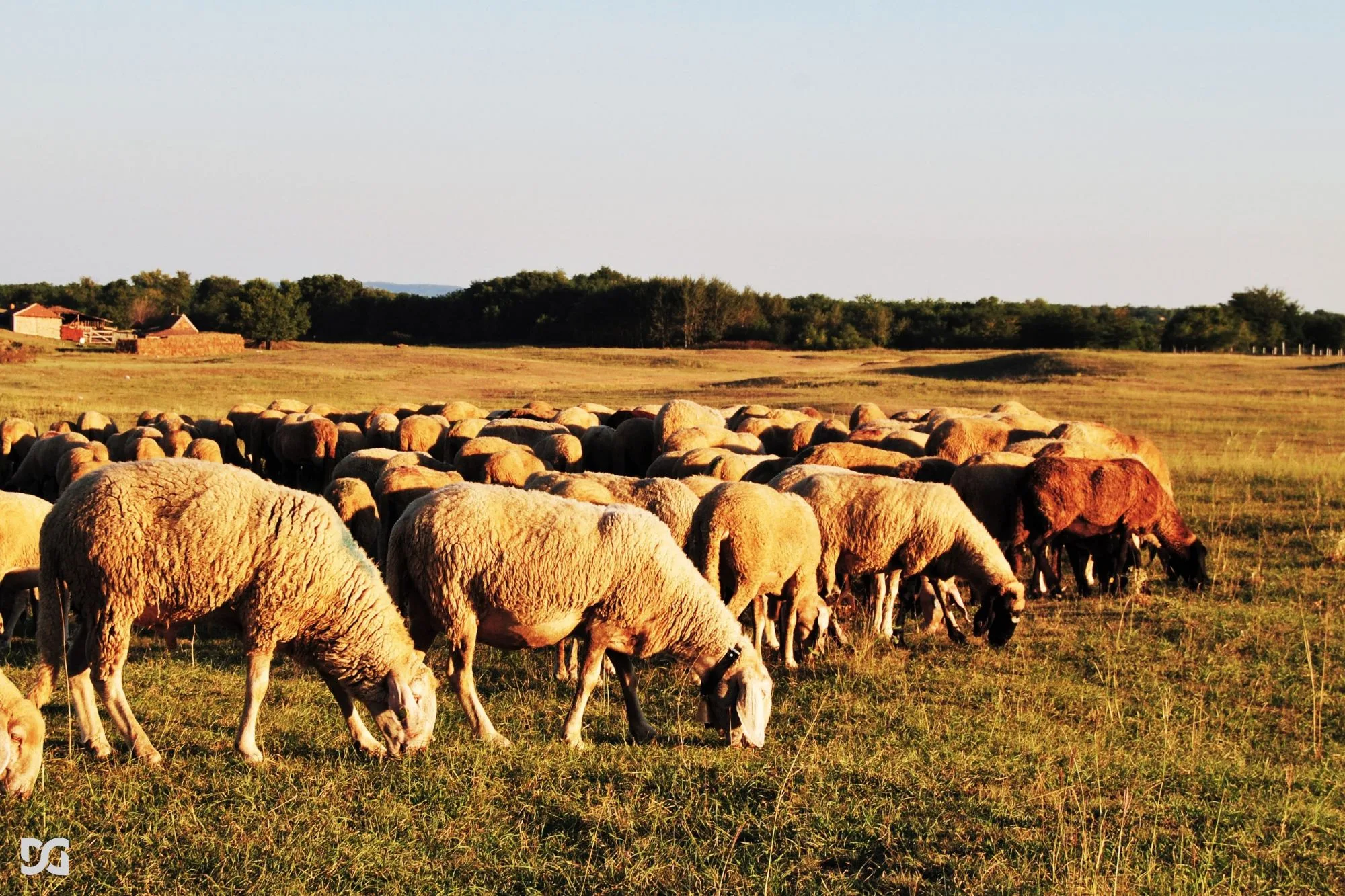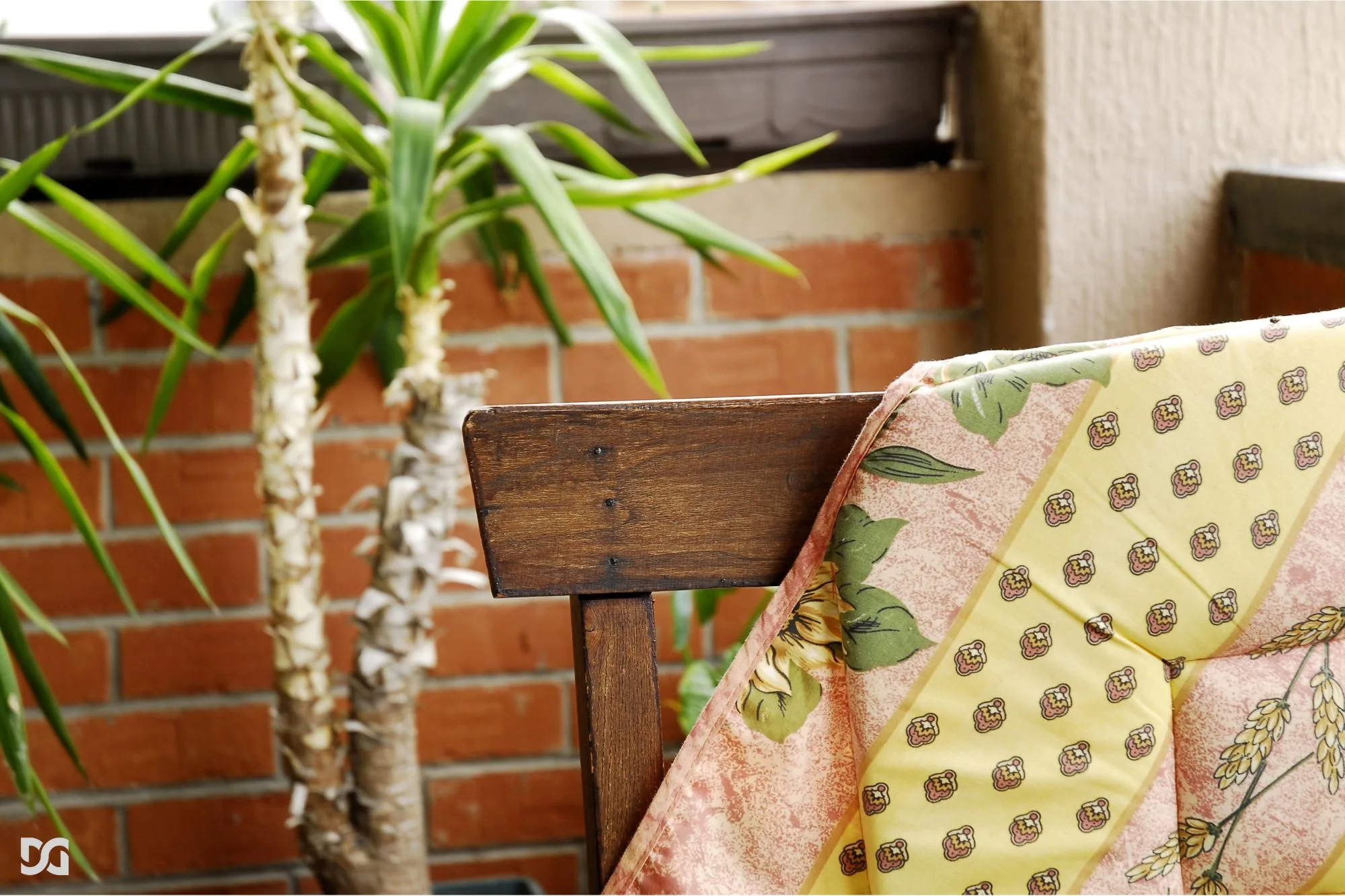Looking in the mirror can feel like an amateur research endeavor. We often scrutinize our reflection, searching for imperfections, flaws, untidy details, or subtle shades. While we focus on these small things, adjusting our shirt collar, styling our hair, or applying makeup, we usually fail to notice something significant—the big picture.
This big picture is the continuous change that occurs as we study our reflection. We only realize this change when we look at a photo from ten years ago and see that the person in the mirror no longer matches that image. Time is the measure we use to assess the extent of change, and the more time passes, the easier it is to perceive this transformation.
No wonder we miss the entire process when we hang in front of the mirror daily. Just like with a mirror, our perception of change is something we would rather avoid or at least minimize.
Heraclitus said, “Change is the only constant in life.” Though this Greek philosopher primarily had in mind the ceaseless motion of celestial bodies and the constant fluctuation of natural phenomena, his statement applies to every aspect of life, including our reflection.
Change is a phenomenon that never ceases.
We witness significant climatic, economic, and geopolitical changes. Nature continually evolves and transforms. Generations succeed each other, and traditional concepts wither in time.
Our lifestyle, supported by technological advancements, constantly evolves. Our desires, affinities, and moods change. We change our furniture, old clothes, and holiday decorations in our homes. Even the state of our bank account changes daily.
We all age because everything within us changes.
Change is truly inevitable and absolutely present. We can do nothing to hold back time and stop this process.
Adapting to life as a continuum of small changes means truly living.
Ironically, in modern living, we vigorously resist this entirely natural change.
It’s clear why—changes are uncertain. So we make decisions that increase our sense of security and ensure a reliable step into tomorrow.
Gradually, we create our lives to maintain dynamics and relationships that are familiar and certain. We create a life bubble—a closed structure of known cause-and-effect relationships with reduced risk. We live in the comfort zone.
Today, it is easy to create comfort. By consuming endless internet content and collecting short-lived material things, we increase pleasure and create a sense of control.
Comfort is a form of controlling life circumstances.
However, the truth is that a solid comfort zone gives a false sense of security, enhances isolation, and paradoxically increases anxiety—worrying about “what tomorrow holds.” Engrossed in small pleasures, we choose only one limited aspect of ourselves, while consumerist escapism only fuels the illusion of living authentically.
The comfort zone can be defined as a place or situation where we feel safe or comfortable. In other words, maintaining the comfort zone is a way to avoid making unpleasant decisions or facing the change ahead of us.
The closer we cling to our conventional comfort and avoid making bold decisions to adapt to the continuous fluctuation of life, the further we drift from our essential nature, often sinking into an alternative reality.
Many have been in their comfort zone for so long that they no longer see the change happening daily before their eyes. Thus, they remain blind to life’s possibilities, often indecisive even when faced with the simplest choices.
The comfort zone is a very subjective thing, and everyone builds it according to their model. Many do not dare to change careers, thus keeping a bad job all their lives because it is certain. Others go to cosmetic surgeons to remove traces of natural changes on themselves. Some choose to live in conflict situations all their lives because they don’t know how to face life in true peace and prosperity.
The comfort zone is also material wealth, where it is easy to isolate ourselves in pleasure while others raise our children, cook our food, and do household chores. For others, the comfort zone is having nothing because wealth requires a serious change.
We often avoid entering a new relationship or leaving an old one to maintain certainty in our lives.
It is estimated that about 90% of people live their version of the comfort zone throughout their lives. What is the alternative?
Heraclitus provides the answer again: “Panta Rhei – Everything flows, everything changes.” Accepting change as an absolute in life, surrendering to the natural flow of life, and being ready to face whatever lies ahead.
The comfort zone can be a positive thing. But if we cling too tightly to it, we miss out on new life experiences, personal growth, learning new things, and realizing the infinite potential within us.
It all comes down to a decision. The smallest changes are like small challenges—they require some action or solution. Our daily decisions are how we cope with the ever-changing nature of life, and the sum of all decisions creates our life. By deciding not to change, the paths that open before us remain unexplored, forgotten, or nostalgically trapped in past desires.
Deciding to accept change and surrender to life will slowly diminish the importance of everything the comfort zone represents. Accepting change begins in the present moment when we decide to let go of the illusion of control.
So, smile every time you look in the mirror and witness the change happening before your eyes, no matter how incremental it may be.



